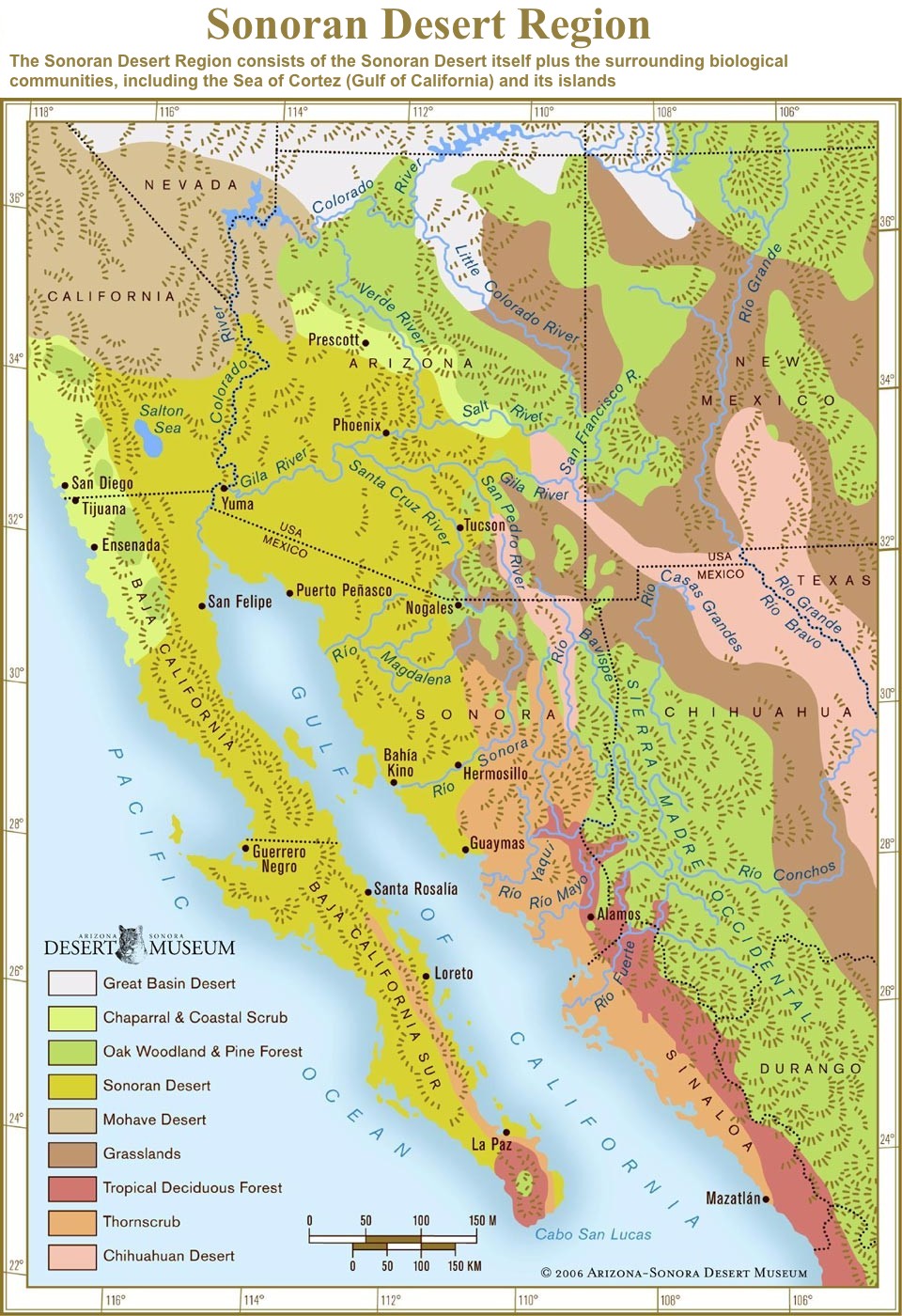Distichlis palmeri is an obligate emergent (it has aerenchyma) perennial rhizomatous dioecious halophytic C4 grass in the Poacea (Gramineae) family. D. palmeri is a saltwater marsh grass endemic to the tidal marshes of the northern part of The Gulf of California and Islands section of the Sonoran Desert. D. palmeri is not drought tolerant. It does withstand surface drying between supra tidal events because roots extend downward to more than 1 meter (3 feet) where coastal substrata is still moist.
| Attributes | Values |
|---|
| rdf:type
| |
| rdfs:label
| - Distichlis palmeri (en)
- Distichlis palmeri (fr)
- Distichlis palmeri (sv)
|
| rdfs:comment
| - Distichlis palmeri est une espèce de plantes monocotylédones de la famille des Poaceae, sous-famille des Chloridoideae, originaire du Mexique). Cette espèce vivace, connue localement sous le nom de nipa, est endémique des côtes du nord du golfe de Californie (Mexique). Elle se distingue des autres espèce du genre Distichlis par la taille de ses grains (ou caryopses). Ces grains étaient autrefois récoltés par les tribus amérindiennes et constituaient un des principaux aliments de base des indigènes du peuple (en) qui vivaient le long du cours inférieur du Rio Colorado. (fr)
- Distichlis palmeri är en gräsart som först beskrevs av George Vasey, och fick sitt nu gällande namn av och Ivan Murray Johnston. Distichlis palmeri ingår i släktet Distichlis och familjen gräs. Inga underarter finns listade i Catalogue of Life. (sv)
- Distichlis palmeri is an obligate emergent (it has aerenchyma) perennial rhizomatous dioecious halophytic C4 grass in the Poacea (Gramineae) family. D. palmeri is a saltwater marsh grass endemic to the tidal marshes of the northern part of The Gulf of California and Islands section of the Sonoran Desert. D. palmeri is not drought tolerant. It does withstand surface drying between supra tidal events because roots extend downward to more than 1 meter (3 feet) where coastal substrata is still moist. (en)
|
| foaf:depiction
| |
| dct:subject
| |
| Wikipage page ID
| |
| Wikipage revision ID
| |
| Link from a Wikipage to another Wikipage
| |
| Link from a Wikipage to an external page
| |
| sameAs
| |
| dbp:wikiPageUsesTemplate
| |
| thumbnail
| |
| authority
| - Fassett ex I. M. Johnst. (en)
|
| genus
| |
| image caption
| - Distichlis palmeri in domestication (en)
|
| species
| |
| has abstract
| - Distichlis palmeri is an obligate emergent (it has aerenchyma) perennial rhizomatous dioecious halophytic C4 grass in the Poacea (Gramineae) family. D. palmeri is a saltwater marsh grass endemic to the tidal marshes of the northern part of The Gulf of California and Islands section of the Sonoran Desert. D. palmeri is not drought tolerant. It does withstand surface drying between supra tidal events because roots extend downward to more than 1 meter (3 feet) where coastal substrata is still moist. Culms (stalks) are generally rigid and upright to about 60 cm (2 feet) and have short internodes. Longer culms become recumbent (lay down) developing young vertical culms from the nodes. These young culms may root. Acicular to linear leaves are upright and positioned alternate along the culm at nodes. Leaves excrete salts through specialized salt glands that are a component of D. palmeri leaf anatomy. These excreted surface salts are wicked away by breezes. Insects of the grasshopper family visit the plant. When D. palmer is maintained in a greenhouse, it is susceptible to aphid infestation. Anemophilous flowers emerge late winter. At anthesis, males liberate light chartreuse colored pollen in breezes. Female flowers are panicles of alternate spikelets that present lavender colored styles and stigmas. Kernels (seeds) are mature in early spring. Each panicle produces 20-30 mature caryopses. Kernels are similar to those of farro in color and size. Kernels of Distichlis palmeri have an indigenous history as a wild harvest grain (Nipa) consumed by the Cocopah. Nipa grain has size, nutritional value and flavor qualities similar to other cropped grains. In the last four decades, Nipa grain production through saline agriculture (agriculture that uses saline resources to farm halophytic cash crops) of D. palmeri has been the subject of domestication studies. In addition to research studies working to domesticate D. palmeri, D. palmeri has been used to manage farm drainage and proposed as a constructive use plant in remediation of saline and biosaline wastewaters and land. Distichlis palmeri has character to thrive within affects of our changing climate; in open hot full sun on saline irrigation in subtropic zones, hence, it can be cropped along warming and rising coastlines. and is an active candidate for (bio)saline agriculture and cash crop development of Nipa grain, making it a prospective new crop for the 21st century. (en)
- Distichlis palmeri est une espèce de plantes monocotylédones de la famille des Poaceae, sous-famille des Chloridoideae, originaire du Mexique). Cette espèce vivace, connue localement sous le nom de nipa, est endémique des côtes du nord du golfe de Californie (Mexique). Elle se distingue des autres espèce du genre Distichlis par la taille de ses grains (ou caryopses). Ces grains étaient autrefois récoltés par les tribus amérindiennes et constituaient un des principaux aliments de base des indigènes du peuple (en) qui vivaient le long du cours inférieur du Rio Colorado. (fr)
- Distichlis palmeri är en gräsart som först beskrevs av George Vasey, och fick sitt nu gällande namn av och Ivan Murray Johnston. Distichlis palmeri ingår i släktet Distichlis och familjen gräs. Inga underarter finns listade i Catalogue of Life. (sv)
|
| gold:hypernym
| |
| prov:wasDerivedFrom
| |
| page length (characters) of wiki page
| |
| foaf:isPrimaryTopicOf
| |
| is Link from a Wikipage to another Wikipage
of | |

![http://dbpedia.demo.openlinksw.com/c/ATBuh1xAYj]()



![[RDF Data]](/fct/images/sw-rdf-blue.png)



![[RDF Data]](/fct/images/sw-rdf-blue.png)



![[cxml]](/fct/images/cxml_doc.png)
![[csv]](/fct/images/csv_doc.png)
![[text]](/fct/images/ntriples_doc.png)
![[turtle]](/fct/images/n3turtle_doc.png)
![[ld+json]](/fct/images/jsonld_doc.png)
![[rdf+json]](/fct/images/json_doc.png)
![[rdf+xml]](/fct/images/xml_doc.png)
![[atom+xml]](/fct/images/atom_doc.png)
![[html]](/fct/images/html_doc.png)